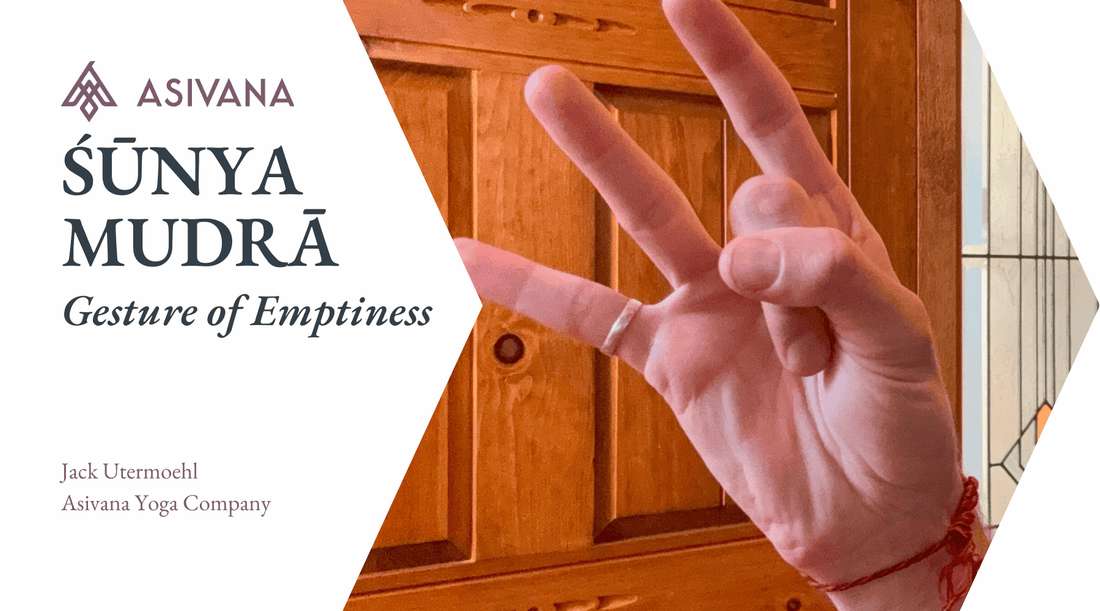
Shunya Mudra - Gesture of Emptiness
Jack UtermoehlShare
Shunya Mudra (Gesture of Emptiness)
Sanskrit Name: Śūnya Mudrā - शून्य मुद्रा
English Translation: Gesture of Emptiness
Phonetic Spelling: SHOON-yah Moo-Drah
Shunya mudra, also known as the gesture of emptiness, is a powerful hand gesture that helps create space and silence in the body and mind.
By connecting to the element of ether (space), this mudra aids in releasing of attachments, fostering inner stillness, and opening the mind to new possibilities.
It is particularly effective in meditation for creating mental space and clarity, making it a valuable tool for personal transformation and expansion.
This mudra is also associated with promoting auditory health, calming the nervous system, and supporting the health of the thyroid gland. The release of physical and mental tension creates a space where new thoughts, ideas, and healing can take root.

Instructions to Perform Shunya Mudra
Sit in a comfortable seated position with a straight spine.
Hand Position: Fold the middle finger toward the palm, touching its tip to the base of the thumb. Place the thumb over the middle finger to hold it gently in place. Extend the index, ring, and little fingers outward. Rest your hands on your knees or thighs, palms facing upward.
Posture: Sit in sukhasana (easy pose) or padmasana (lotus pose).
Breathing Technique: Inhale deeply through the nose, creating space and relaxation in your chest. Exhale slowly, letting go of tension, and focus on the emptiness and stillness within.
Duration: Practice shunya mudra for 5-10 minutes during meditation to create a sense of openness and clarity.
Benefits of Shunya Mudra
Shunya mudra enhances clarity, facilitates releasing attachments, and creating physical and mental space. It is a valuable mudra for personal transformation by creating space for transmuting aspects of yourself.
Physical Benefits: Supports auditory health and thyroid function. Relieves tension in the upper body, especially in the head and ears.
Mental Benefits: Promotes mental clarity, creating space between thoughts.
Emotional Benefits: Encourages emotional release, fostering a sense of openness.
Spiritual Benefits: Enhances the connection to ether (space), allowing for deeper meditation and awareness.
Capture your insights and deepen your connection with our Yoga Journal.Elevate Your Mudra Practice
Symbolism and Meaning of Shunya Mudra
Shunya mudra represents the vast, expansive quality of space. The word shunya means "emptiness" or "void," and this mudra helps create a mental and physical environment of openness and spaciousness. It symbolizes the release of old thoughts and patterns, making way for new possibilities and growth.
This mudra is particularly useful during times of change or transformation, as it helps create the necessary space for growth and new beginnings as well as releasing of attachments. By practicing shunya mudra, the practitioner can quiet the mind, release tension, and tap into the potential that lies within stillness and emptiness.
When to Practice Shunya Mudra
Shunya mudra is ideal for use during meditation or pranayama to enhance mental clarity, openness, and personal transformation. It is particularly beneficial when dealing with auditory issues, tension in the upper body, or during times when space is needed.
A duration of 5-10 minutes is recommended.
Contraindications for Shunya Mudra
Shunya mudra is gentle and suitable for most practitioners. Those with hand or wrist discomfort should practice mindfully or modify the hand position.
Additional Insights on Shunya Mudra
Affirmations: "I create space for new possibilities in my life." / "I release tension and embrace inner stillness."
Visualization: As you hold shunya mudra, visualize an expansive space surrounding your body, clearing away tension and old thought patterns. Allow this space to expand outwards, listen to the silence, and open to the potential for new beginnings.
Associated Chakras: Shunya mudra activates the Vishuddha (throat chakra).
Paired Asanas: Works well with seated postures like sukhasana (easy pose) or expansive poses like virabhadrasana (warrior poses).
Related Pranayama: Pair with alternate nostril breathing (nadi shodhana) prior to practice or ujjayi breath directing the breath into the void.
Meditation Techniques: Shunya mudra is ideal for breath-focused meditation or mindfulness practices aimed at creating space and stillness.
Variations and Modifications
Alternative Hand Positions: Akasha Mudra
Adaptations for Beginners: Beginners can practice shunya mudra for shorter periods, such as 2 minutes, and gradually increase the time as they become more comfortable.
—— 🕉 ——

Personal Insights
In my personal practice, Shunya mudra has been difficult to practice. The holding agitates an old injury and yet, this difficulty gives me focus from which space is felt and expands.
Activating the throat chakra, Vishuddha, this mudra has opened my mind to better understanding myself by adding space between my active thought patterns and my active conscious thoughts. A type of meditation that doesn’t seek silence, but seeks understanding and observation of the mind itself.
Shunya mudra may be easier for you to hold physically and from that point of view you may experience more subtle flows of energy expanding. Another word for emptiness is infinite. Another translation of shunya is “zero”. Zero is an absolute, it’s infinite, it cannot be anything but everything and nothing.
Understanding nothingness is everything.
Let me know your experience in the comments below.


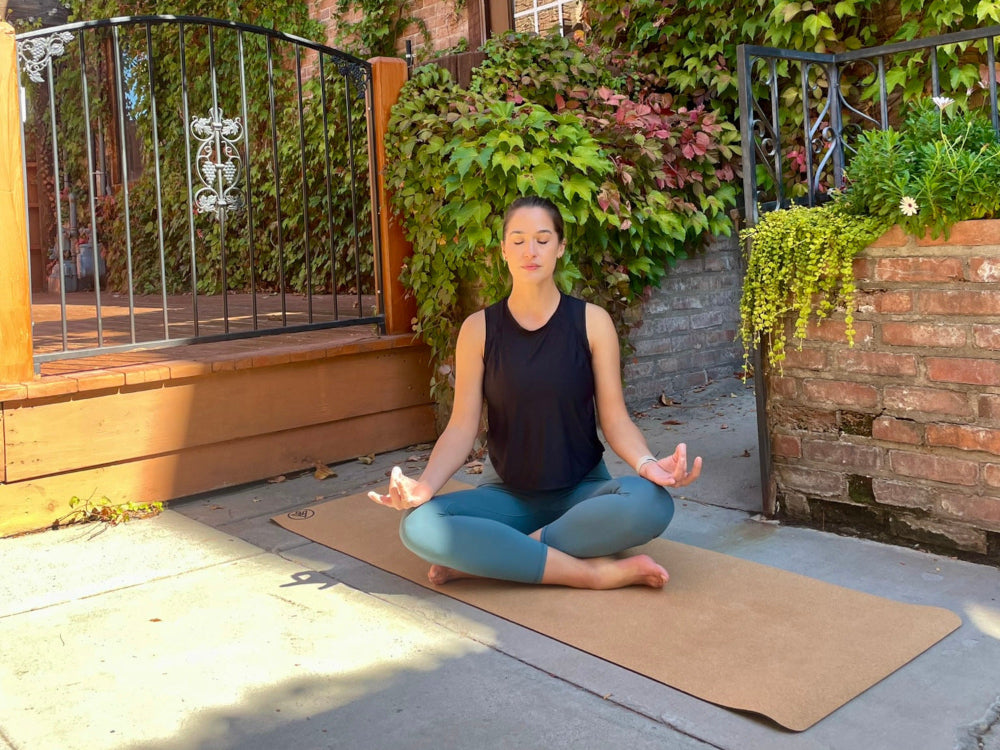


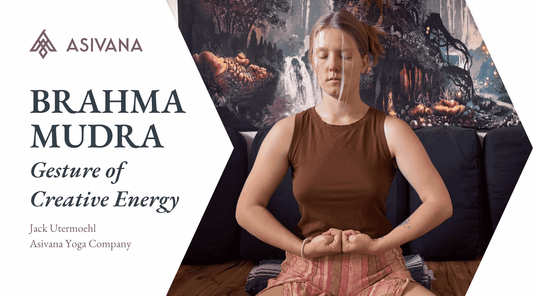
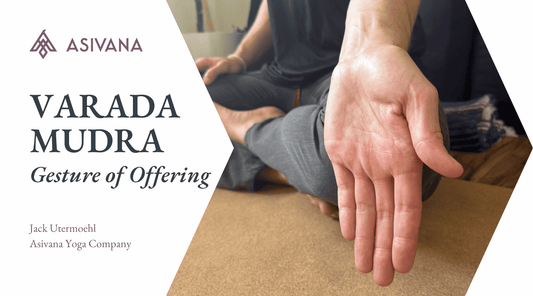
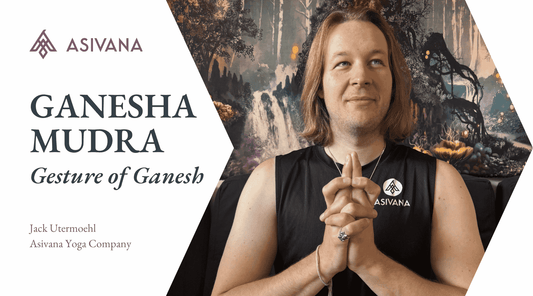




2 comments
THANK YOU DEAR!
Some Therapists recommend Akash mudra for Tinnitus. Pl guide which one is correct.